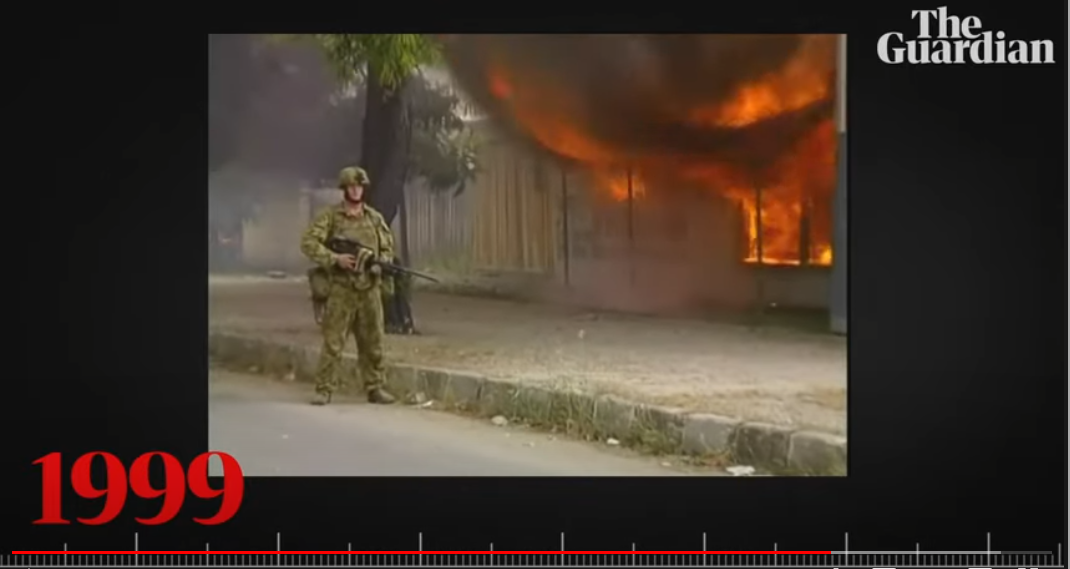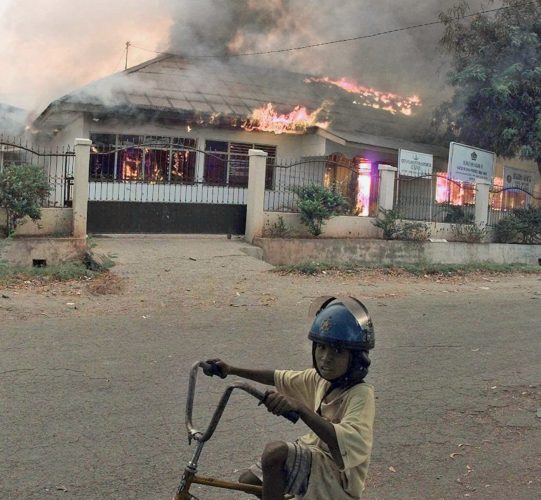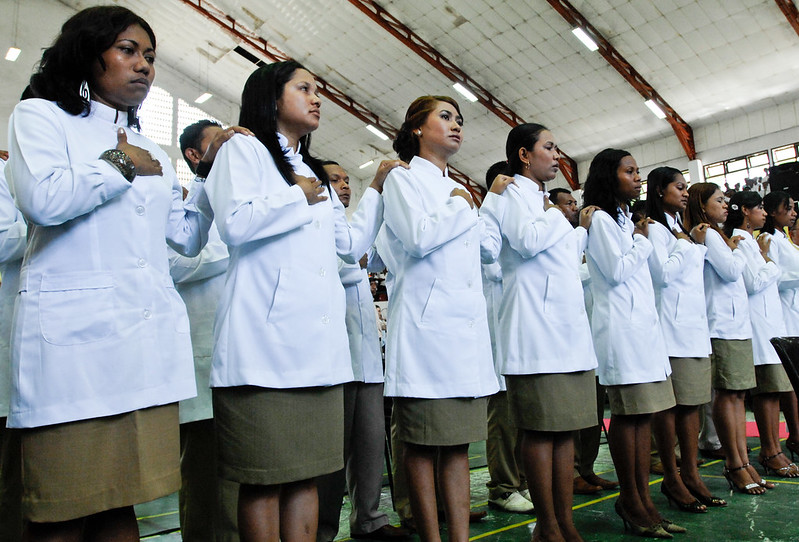Portugal withdrew from Timor-Leste in 1975 and after only nine days of independence, neighbouring Indonesia invaded.
This led to a years of brutal occupation where it was reported over 200,000 people died and many more suffered from violence, starvation and preventable disease.
There was yet more violence and destruction when the people of Timor-Leste bravely voted for independence in 1999.

In the destruction that followed the independence vote the healthcare system was all but destroyed with only a handful of medical professionals left in the country to help treat over 800,000 war weary Timorese.
Most trained healthcare professionals left during the brutal occupation, causing a brain drain of experienced local medical practitioners.
Preventable diseases such as TB, leprosy and malnutrition continued to claim thousands of lives early. East Timor was the hungriest nation in Asia, and the third hungriest nation in the world in 1999.
We began working in Timor-Leste in 2006 as an organisation that supported Bairo Pite Clinic, a free clinic in Dili treating over 300 patients per day. In 1999, primary health care was the greatest need.
But things have changed.


The healthcare system was rebuilt from the rubble, starting in 1999.
At this time primary care was the greatest need, but that slowly began to change.
The first cohort Timorese medical students were sent overseas to train in 2004, with the first cohort graduating as doctors in 2010.
At Bairo Pite Clinic we had always had a focus on capacity building, training nurses, midwives lab technicians and other healthcare professionals as international volunteers worked alongside the Timorese treating patients.
When the Timor-Leste national health system launched in 2015, we saw that primary care was no longer the greatest area of need.
We knew we could help fight preventable disease in a more effective way if we could go beyond a single clinic.
We took our years of experience of the unique Timorese environment and help strengthen the entire community healthcare system by helping fill the gaps in experience of the young medical workforce.
A young Timorese GP can’t always simply ask a local specialist with decades of experience, because they very rarely exist.
We have network of experienced international medical professionals and have helped write some of the National health guidelines !
By providing training, technology, materials and mentorship we are helping the build a strong sustainable healthcare system.

Even though healthcare in Timor-Leste has improved, there is still so much more to do.
A small amount of money goes a long way with the per person health budget less than US$100 per year.
Covers the cost of petrol for a month so a healthcare worker can provide home visits around Dili.
in 12 months
Covers the cost of running a nutrition referral project in one community healthcare centre.
Covers the full cost to employ a nurse who can help deliver our programs.